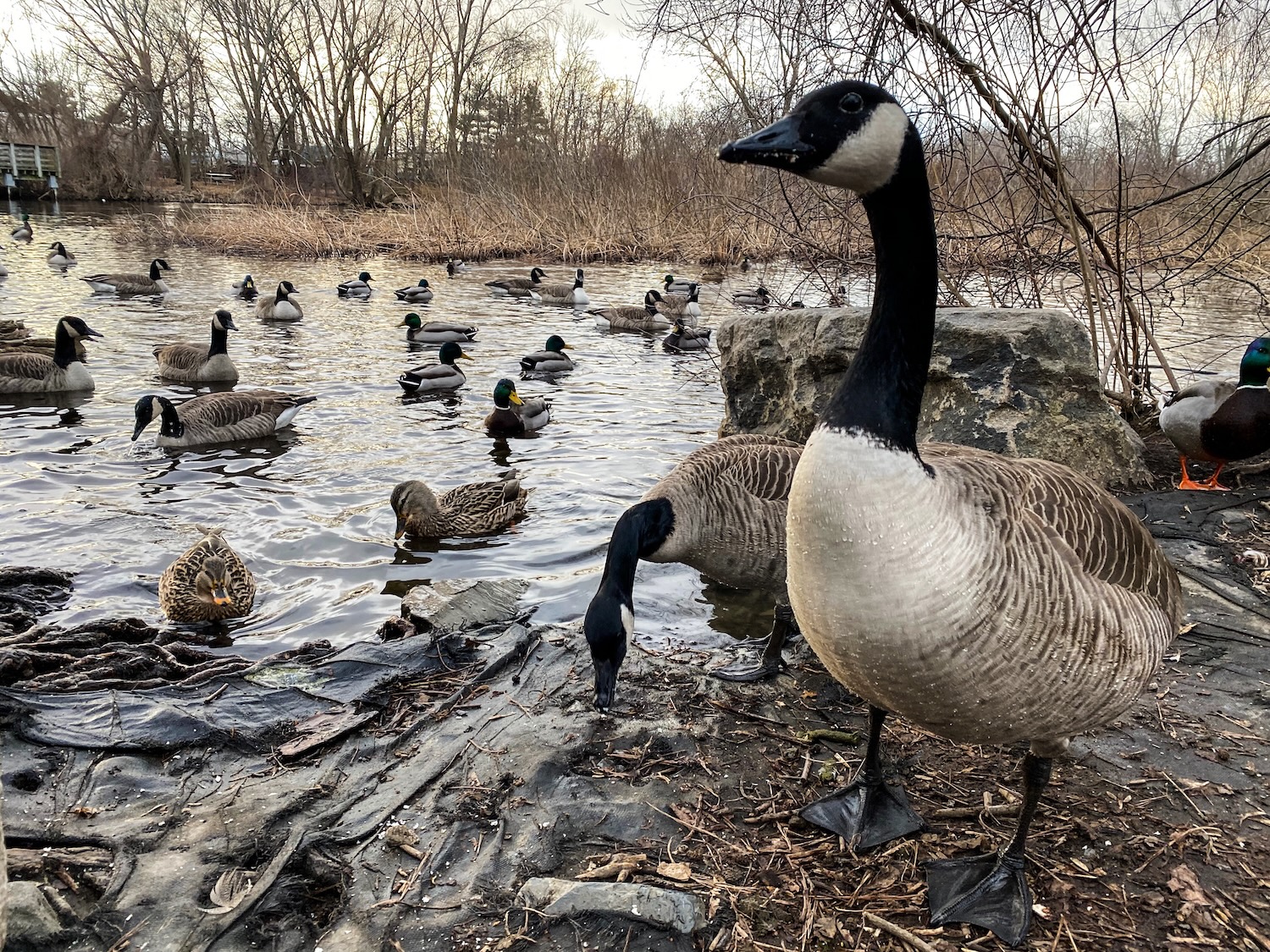
By Greg Goodell, DVM
Keeping BVD from impacting your dairy requires a solid offense system. Successfully staying ahead of the disease takes ongoing effort. Vaccination alone won’t do the trick.
What Is BVD?
BVD is an opportunistic virus. It is constantly looking for a way in. And if a persistently infected (PI) animal already resides in the herd, the BVD virus is looking for the right time to shed for maximum impact. Keeping the disease at bay requires dual effort to maximize immunity and minimize exposure.
So yes, vaccination for BVD plays a big role in building a strong defense system. Work with your veterinarian to develop a vaccination program that is tailored to your dairy. Both modified-live and killed vaccines are available for BVD. Modified-live vaccines (MLV) stimulate the entire immune system and must be given annually. However, MLV vaccines may not be used on pregnant animals.
Killed vaccines can be used on all animals including pregnant ones. But killed vaccines often need to be given every 4-6 months to maintain immunity. When killed vaccines are used for an animal’s first immunization, two doses must be given four to six weeks apart. Over the course of an animal’s life both MLV and killed vaccines can be used. At TDA, we tailor a program that fits the needs and challenges of the dairy so we may use a combination of different programs.
BVD Prevention

Beyond vaccination, the other half of the BVD prevention equation requires routine management vigilance on a number of fronts. Start by assessing the level of risk at your dairy. Are animals purchased? Are purchased animals isolated upon arrival? Is their vaccination status known? Do heifer calves leave the farm to be raised by others? If so, are they co-mingled with animals from other dairies? Are PI animals identified and humanely euthanized? Some measures to address these details include:
- Isolation -- When purchasing animals, if the vaccination status is unknown, test to determine if any are BVD carriers (persistently infected, or “PI” animals). All new animals entering the dairy should be isolated for one to two weeks upon arrival. If possible, administer one dose of a killed vaccine one week before transport. Then isolate for at least a week after arrival to monitor for BVD symptoms. When heifer calves are reared off-site, be sure to test for BVD before leaving the dairy or shortly after arrival at the rearing facility. When heifers return to the dairy, place in a pen for new arrivals. Quarantine is an important step to prevent the introduction or reintroduction of BVD, especially in the purchase of new cattle.
- PI surveillance -- Test every calf at birth to detect BVD carriers. Fetuses exposed to the virus between 60 and 120 days of gestation may be PI calves at birth. Collecting an ear notch at the same time you dip navels and administer ear tags is an easy way to make sure every calf born gets tested. The TDA lab can accurately test samples in just a few days. A negative test confirms that the dam is also still negative. A positive test indicates a PI animal that should be humanely euthanized. It is considered unethical to sell a BVD PI positive animal.
- Record keeping – Identification of every animal on the farm is essential for BVD control. Routine recordings also should be entered into herd management software to document BVD vaccination schedules and PI surveillance data.
- Biosecurity measures – Work with your veterinarian to develop dairy-specific biosecurity protocols for human, vehicle, and animal traffic to minimize exposure. Specific protocols also should be in place for euthanasia and disposal of PI calves upon detection.
BVD is a sneaky scourge. Even in well-managed, well-vaccinated herds, outbreaks and PI calves occasionally happen. That’s why there are multiple components to a BVD prevention plan, all of which need to be implemented routinely and consistently.








